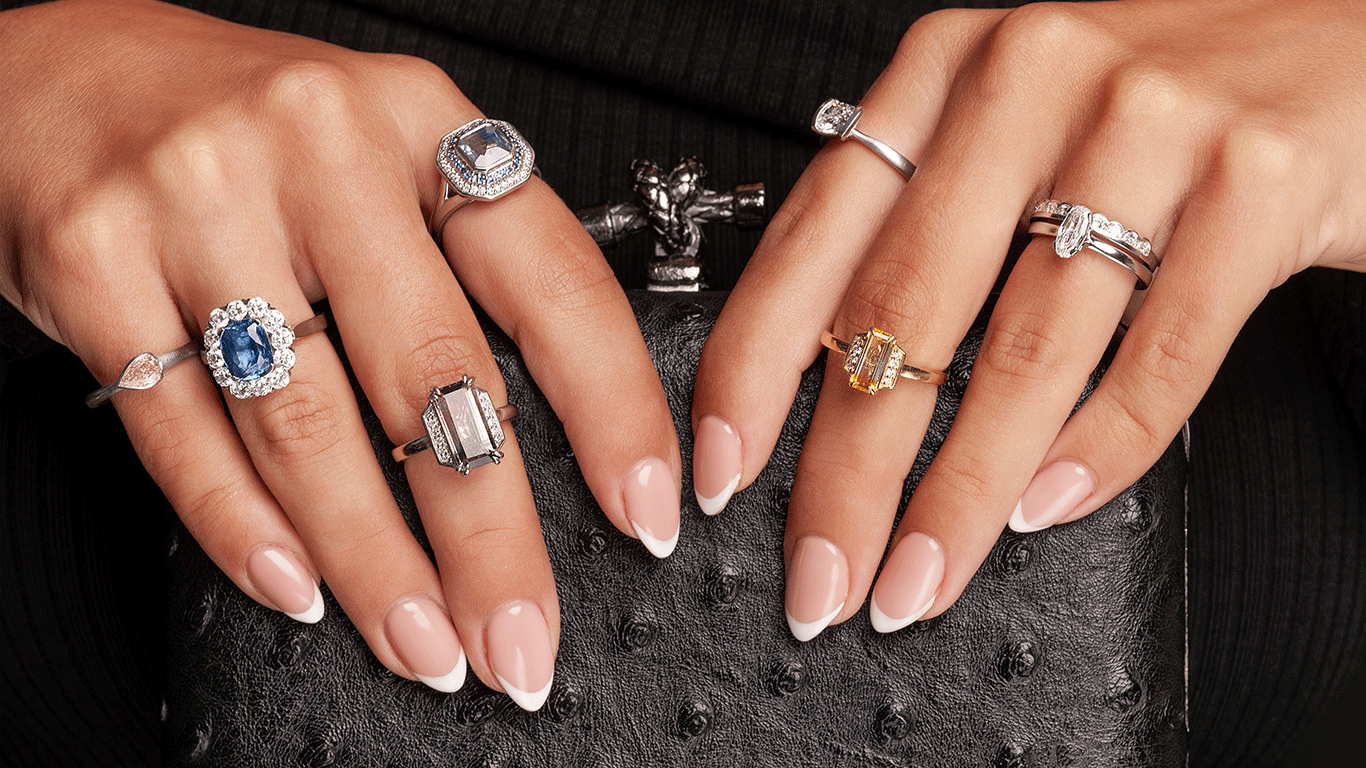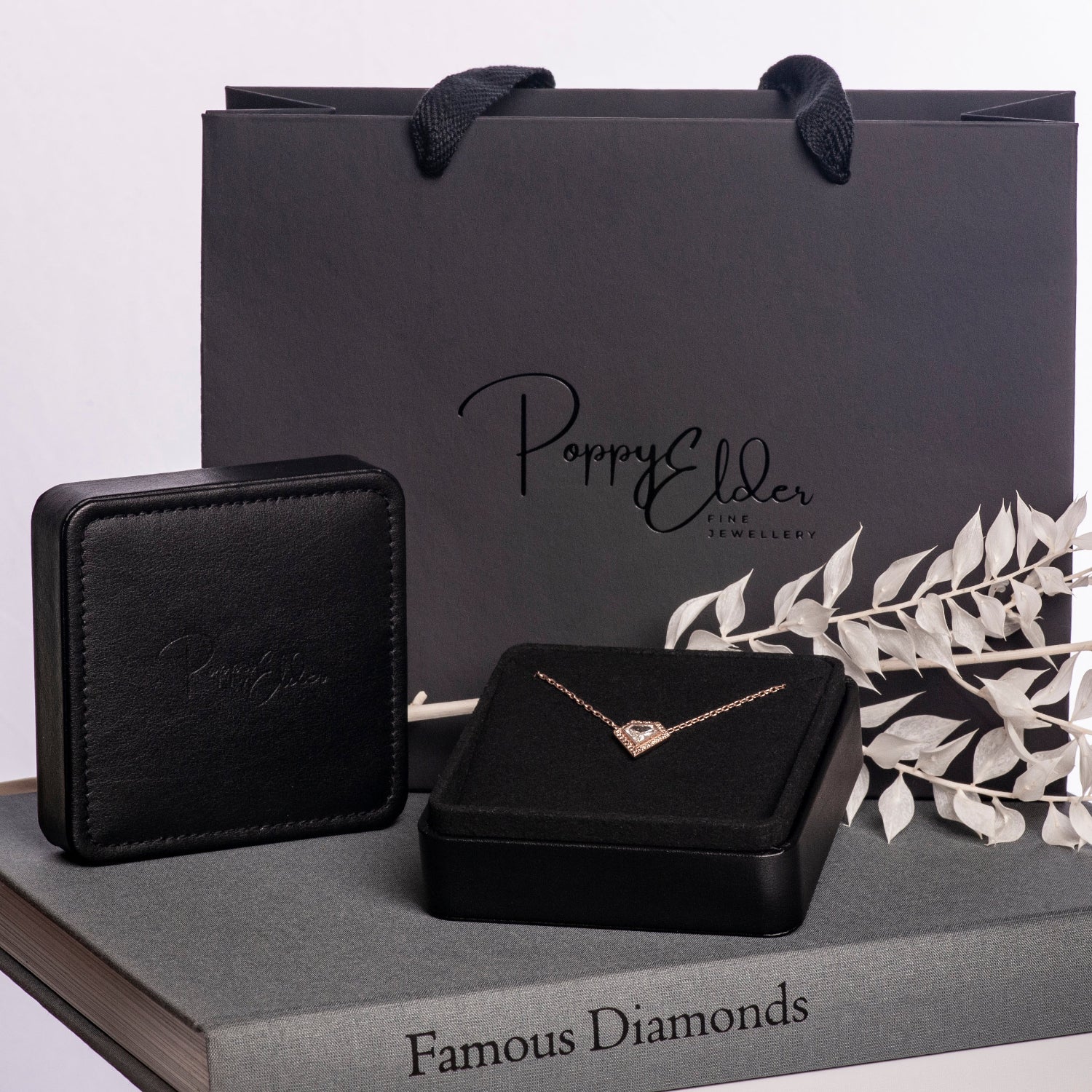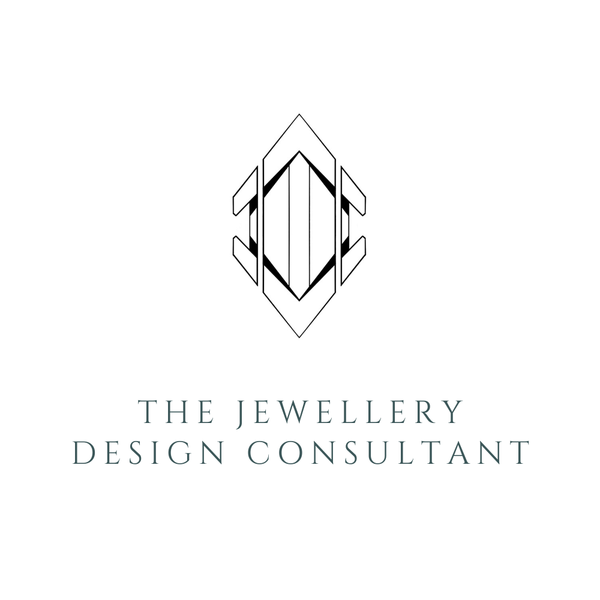How to Develop a Cohesive Jewellery Collection That Actually Sells
Creating a jewellery collection isn’t just about designing beautiful pieces. It’s about building a range that tells a story, connects with customers, and reflects your brand’s identity. A cohesive collection needs to do more than just look good - it has to sell.
Whether you’re launching your first range or refreshing an existing one, I’ll walk you through the steps to create a collection that stands out and resonates with your audience.
Why Cohesion is Key to a Successful Jewellery Collection
A cohesive jewellery collection does more than just look unified. It builds trust with your customers and strengthens your brand identity. Having a signature design style helps you become recognisable, making your pieces instantly associated with your brand.
The Importance of a Clear Brand Identity
When your collection aligns with your brand, it becomes part of a bigger story. Your customers should be able to connect the dots between your jewellery, packaging, and marketing. That sense of consistency makes your brand feel professional and reliable.

How Does Cohesion Impact Customer Perception and Sales?
A well thought out collection makes it easier for customers to shop. When pieces are designed to complement each other, customers naturally feel inspired to buy complementary pieces or add multiple items to their wish list. This not only strengthens your brand’s image but also increases your sales.
So how do you create a collection that hits the mark?
Step 1: Understanding Your Target Audience
Before you even start sketching, you need to know who you're designing for.
Identifying Their Needs and Preferences
Who is your ideal customer? You need to think about why they are buying and what the important factors are for them.
Are they drawn to timeless classics, bold statement pieces, or something completely unique? Think about their style, budget, and values - these factors should shape every design decision you make.
Market Research for Jewellery Trends
You don’t have to follow trends - in fact sometimes it’s best to ignore them, but keeping an eye on what’s selling can help you make informed decisions. Where does your ideal customer currently shop? Look for patterns in materials, styles, and themes that fit with their tastes.
Step 2: Establishing a Theme or Concept
A strong collection starts with a clear theme. This could be a specific shape, texture, or an overarching idea like Art Deco or nature-inspired designs. The key is to have an anchor that keeps everything feeling connected within the collection, but also within your overall brand.
How to Create a Story Behind Your Collection
Your collection should tell a story that resonates with your audience. This could be through subtle design elements, like a claw shape that echoes a theme, or a bold, statement-making concept that runs through each piece. However you decide to do it, there needs to be something that links your designs together and makes them feel like a family. If you’re struggling with designing a jewellery collection, working with a freelance jewellery designer can give you the guidance you need.
Examples of Effective Jewellery Themes
Think of collections inspired by “modern minimalism” or “vintage glamour”. Each piece supports the theme, making the collection feel intentional. In recent years, classic styles with a modern twist - like hidden halos or double halos - have become popular because they provide a fresh take on timeless designs while maintaining a clear sense of cohesion between pieces regardless of stone colour or shape.
Step 3: Designing Complementary Pieces
Your collection should offer variety without feeling disjointed.
Balancing Variety with Consistency
It’s a good idea to include different types of jewellery - rings, necklaces, earrings - to appeal to a broader audience and encourage multiple purchases. But to keep everything cohesive, use common elements like similar textures, motifs, or finishes.
Creating a Visual Connection Between Pieces
Subtle design details can go a long way. Recurring shapes, matching textures, or even a shared colour palette will help tie everything together while giving customers the option to mix and match pieces effortlessly.

When designing, always remember why you started in the first place. It’s easy to get sidetracked.
Step 4: Aligning Design with Production and Pricing
A beautiful design is only successful if it’s practical to produce and priced correctly for your audience.
Ensuring Feasibility in Manufacturing
Work closely with your production team to make sure your designs can be made efficiently and to the highest standard. Overly complex designs can drive up costs and lead to delays, so finding the right balance between creativity and practicality is key.
Setting Price Points That Reflect Your Target Market
Your pricing needs to make sense for your audience. Think about production costs, perceived value, weights of metal required for the designs, and what your ideal customers are willing to pay. A well-structured collection with consistent pricing feels polished and professional.
Step 5: Packaging and Presenting Your Collection
How you present your collection plays a huge role in how it’s perceived. With so much competition in the jewellery market, professional presentation is more important than ever.
How Packaging Enhances Perceived Value
Good packaging makes a lasting impression. If your brand is focused on ethical and sustainable materials, your packaging should reflect that. If you're targeting a high-end customer, a basic cardboard box won’t cut it - consider materials like suede or leather for a more luxurious feel.
Bespoke packaging can mean the need to order in large quantities that are out of reach for most brands just starting out, however there are a number of jewellery packaging specialists who will offer personalised boxes with low minimum quantities. I’m always happy to share my favourites - just ask!
Creating a Unified Look for Marketing Materials
Your marketing needs to be just as cohesive as your collection. Consistent branding, high-quality photography, and well-designed look books all help to elevate your collection.
Jewellery is notoriously difficult to photograph. If professional photography isn’t in your budget, investing in a tool like a Gem Lightbox can make a huge difference. If you’re looking to get press coverage, high-resolution images on a white background are essential. If you need recommendations, I know some great photographers who won’t break the bank - just get in touch, and I’d be happy to help.

Photography plays a vital part in presenting your brand. It can be an an investment, but one that pays for itself in the long run.
Turning Your Vision Into a Best-Selling Collection
Developing a cohesive jewellery collection requires creativity, strategy, and a deep understanding of your audience. By following these steps, you can create a range that not only looks stunning but also connects with customers and drives sales.
If you’re ready to create a cohesive collection that reflects your brand and resonates with your audience, I’d love to help. With years of experience in jewellery design and branding, I specialise in helping businesses like yours develop collections that sell.
Jewellery Design FAQs
How do I create a jewellery collection that looks cohesive?
A cohesive jewellery collection is built around a strong theme, consistent design elements, and a clear brand identity. By using recurring motifs, materials, or shapes across your pieces, you create a sense of unity that makes your collection recognisable and desirable to customers. This can be using bold and obvious design motifs or subtle design choices like a claw design or shank profile.
What are the key elements of a successful jewellery collection?
A successful jewellery collection balances a unique perspective with commercial appeal. Most important of all is to understand your customer. Why would they choose your jewellery over another designer or brand? Key elements include price, point perceived value, a strong design theme and practical wearability.
How many pieces should be in a jewellery collection?
The ideal number of pieces depends on your brand and sales strategy. A well-rounded collection often includes 6–12 pieces, covering a mix of earrings, rings, necklaces, and bracelets to give customers variety while maintaining a strong aesthetic.
How can I design jewellery that sells well?
To design jewellery that sells, research your target audience, stay updated on trends, and ensure your designs are both wearable and practical to produce. A collection with strong storytelling, high-quality craftsmanship, and a clear brand identity will attract customers and encourage repeat purchases. Most importantly you need to ensure there isn’t something already on the market that fits the criteria better than your collection will.
